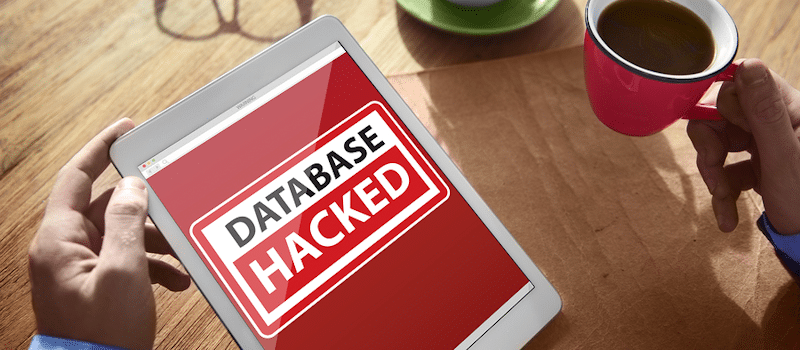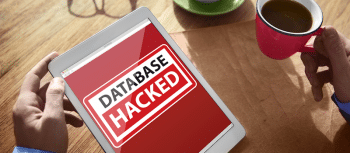Recently we ran a free webinar with James T. (Jim) Oris, Associate Provost and Dean of the Graduate School at Miami University in Ohio, about the university’s ongoing use of Interfolio Faculty180 for faculty activity reporting. We thought we would share some of his great observations about Miami’s process and experience.
In the webinar, Jim presents the successful selection and implementation process that Miami went through to adopt Interfolio Faculty180, as well as the benefits they estimate the system has already brought and will bring in the future, and discusses ongoing expansion of its adoption across campus. (Also, the webinar includes a brief live demo of the platform from Interfolio’s David Godow, Product Manager for the Faculty180 module.)
Articulating the need
First, the Miami team identified the actual challenges they were facing. Having no system for comprehensive and coordinated faculty activity data storage or access, even seemingly simple factual questions about the activity of scholars at the institution proved laborious to answer. They knew they needed a solution that would support the school’s academic program reviews, routine moments of faculty evaluation (such as annual reviews), grant applications, showcasing of faculty expertise in external-facing outlets, and more.
They envisioned a system that would support a wide variety of common “outputs,” such as:
- CVs, biosketches, resumes
- Individual web pages
- Annual activity reports
- Program reviews and departmental reports
- Program accreditation reports
- Program web sites
- Divisional reviews and reports
- University reviews and reports
- University accreditation reports
- Library repositories and resources
- University directories
- Expertise databases
- Outreach and external relations to business and government
Deciding how to decide
As a major step, the Miami team defined the institution’s needs and objectives via a rigorous planning process—establishing a few principles to guide the selection, implementation, and use of whatever system they finally adopted.
Key among those:
- Put faculty first by evaluating every decision for its impact on the faculty’s experience. The success of the project was positively related to the degree faculty members benefited from the new solution. During planning, implementation, and ongoing, Miami focused heavily on reducing the friction and redundancy of data collection and on increasing the usability of data collected to support both institutional and uses for individual faculty members.
- Establish broad institutional representation by assuring all academic units and other affected areas (like the library and IT) were represented during planning, implementation, and post-launch.
- Save time by easing the burden of data collection through integrations with other systems and databases (e.g., HR and SIS systems, bibliographic databases, grants systems).
- Enter data once, use many times by establishing a central “faculty data hub” so information can be entered once and reused over and over to support the variety of output needs (e.g., annual review CVs, promotion/tenure dossiers, accreditation reporting, program review reports).
- Reduce cost, increase efficiency through changes that will produce cost savings, cost avoidance, or productivity enhancements. Based on internal surveys about existing workloads, Jim and the team estimated the institution would see:
- An 83% improvement in productivity for activity-based reporting
- A 33% reduction in the time needed to complete annual activity reports
- A 50% reduction in the number of people involved in departmental and divisional reports
Getting up and running
After defining system requirements and establishing a business case, the university selected Faculty180. Thereafter, the major implementation milestones included:
- Establishing an implementation team
- Configuring input templates
- Completing data input/output integrations
- Creating communication and training plans
- Establishing a super-user group
- Piloting data entry with selected faculty
- Activating with the remainder of the faculty
- Providing training for faculty and staff
Lessons learned
Finally, after the implementation process was complete and Faculty180 was up and running at the institution, Jim says they took a few lessons away:
- Work together by making sure owners of the process are heavily involved in all phases. The major owner groups at Miami included faculty, representatives from academic units, and key members of support areas (e.g., library and IT staffs).
- Show benefit to all owners by demonstrating tangible value for participants and supporters, and especially for faculty who are critical for entering data.
- Get buy-in by making sure those relied upon for the success of the system are willing to change. At Miami this included their focus on faculty members and administrators at all organization levels (departments, colleges, and the university).
Interested in this webinar or in Interfolio’s work? Watch it here, or contact us with a question.








